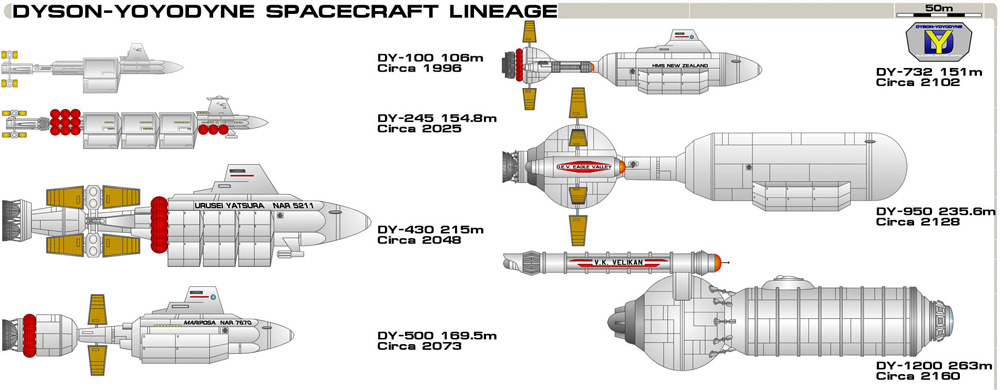For those familiar with Star Trek I've posted links to the Botany Bay, for those unfamiliar - with a POD of no earlier than 1900 advance space travel such that by 2018 a ship of these capabilities (in theory launched by six to eight heavy rockets attached to the rear of the ship) without the suspended animation is in space and exploring at least the star system by 2018. If that's too easy, then can a DY-100 be in space by 1990 with a DY-200 class in orbit by 2021?

 www.startrek.com
www.startrek.com
 www.ditl.org
www.ditl.org

 stexpanded.fandom.com
stexpanded.fandom.com

Coming Soon | Star Trek
DY-100 Class - Specs

DY class
The DY class is a family of spacecraft designs used by Earth throughout the 21st century and 22nd century. First developed in secret during the 1980s and early 1990s by the Dyson-Yoyodyne Corporation, the DY-100 subclass was intended for use in long-term manned missions to Mars and the Jovian...